How long is 3 kilometers?
Three kilometers equals 3,000 meters, which in imperial units converts to roughly 1.86 miles. To put it in perspective, a brisk walk or slow jog covers this distance in about 15 to 20 minutes. Metric units like kilometers are the standard for measuring distances in most parts of the world, except in places like the United States where imperial units such as miles still dominate. This mixture sometimes makes it tricky to get an intuitive sense of scale—but that’s exactly why comparisons to familiar objects or landmarks help.
13 Things That Stretch Around 3 Kilometers Long
1. Length of 30 100-Meter Dashes
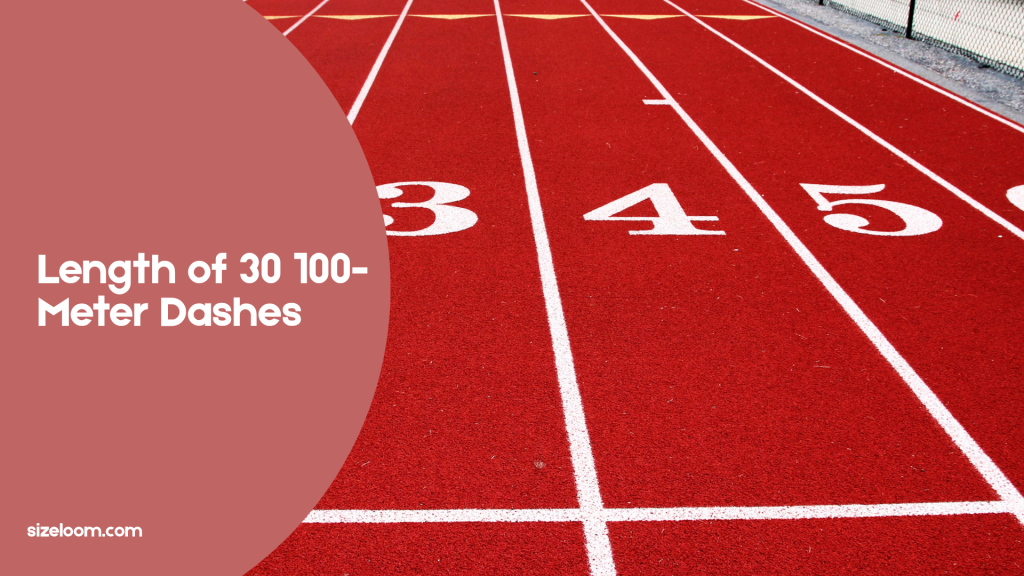
Professional athletes often race 100-meter sprints on the track. Thirty of these 100-meter dashes lined up end-to-end would stretch about 3,000 meters—that’s your 3 kilometers. This unit of measurement goes hand-in-hand with athletics and helps bring abstract distances into sharper focus, especially when watching track events.
2. Length of 108 Basketball Courts
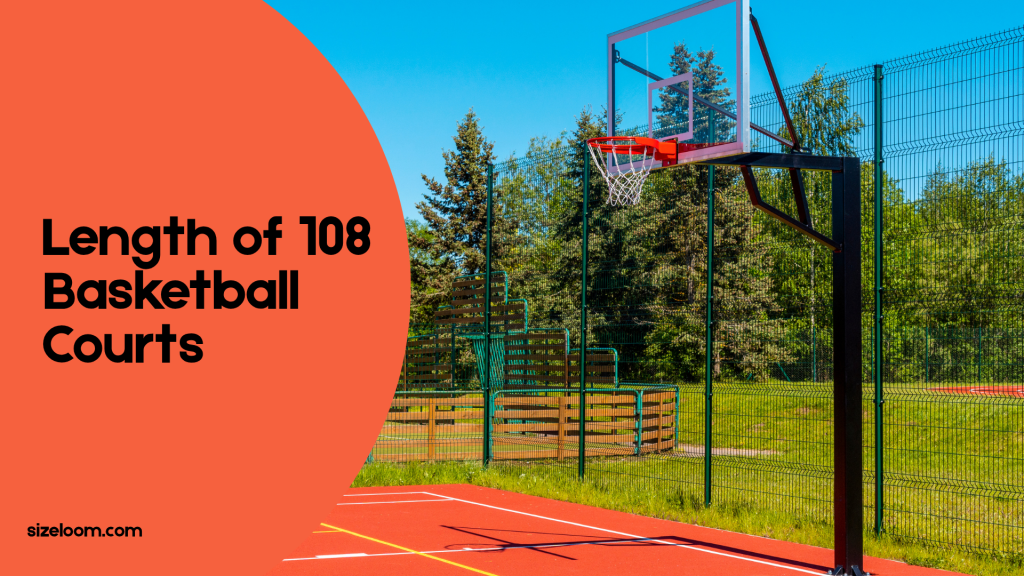
A standard basketball court measures about 28 meters in length (FIBA regulations). Multiply that by 108 courts lined up, and you get approximately 3 kilometers. Think of the sheer scale of a sprawling sports complex filled with courts—this comparison links the metric unit directly with familiar recreational spaces.
3. Golden Gate Bridge

The Golden Gate Bridge in San Francisco is an American landmark known worldwide. Its main span stretches about 1.28 kilometers, but including approaches and ramps, the entire bridge is around 2.7 kilometers long—just shy of 3 kilometers. Walking or biking across offers stunning ocean views and a tangible sense of scale. This famous landmark reflects the impressive structures and rich history—dating back to the 1930s—that connect bustling cities and vital routes.
More to Discover: 13 Everyday Items That Weigh Around 30 Kilograms
4. The National Mall

Washington D.C.’s National Mall stretches about 3 kilometers from the U.S. Capitol to the Lincoln Memorial. This vast green field is a cultural experience filled with iconic landmarks and museums. Walking the length of the Mall offers a blend of history and vibrant culture, perfectly illustrating how kilometers stretch across urban landscapes.
5. Height of Five CN Towers

The CN Tower in Toronto stands at 553 meters tall. Stack five of these towers vertically, and you reach roughly 2,765 meters—almost 3 kilometers in vertical distance. This kind of vertical comparison shows how metric units can apply beyond horizontal stretches, giving you a sense of sheer scale in terms of height.
6. Height of 10 New York Times Buildings

The New York Times Building is approximately 319 meters tall. Ten of these stacked would total about 3,190 meters—just over 3 kilometers. This example highlights the vertical dimension in familiar skyscraper measurements and reminds us of vibrant cities where vertical distance shapes the skyline.
7. Height of 33 Statues of Liberty

Including its pedestal, the Statue of Liberty measures about 93 meters tall. Thirty-three of these statues stacked on top of each other would reach roughly 3,069 meters, or just over 3 kilometers. The Statue of Liberty is an iconic American landmark, making this comparison both culturally meaningful and easy to visualize.
8. Length of 60 Olympic-Size Swimming Pools
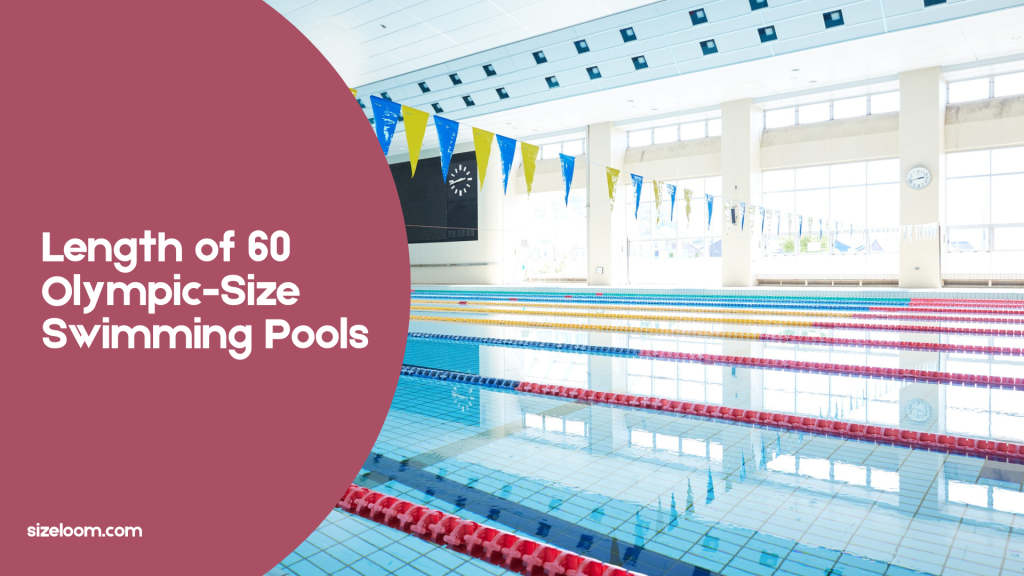
An Olympic-size swimming pool is 50 meters long. Sixty pools lined end-to-end would cover 3,000 meters, or 3 kilometers. This is a common reference in sports and an excellent example of metric measurements in action, connecting abstract numbers with physical objects many people recognize.
9. Length of 30 Soccer Fields
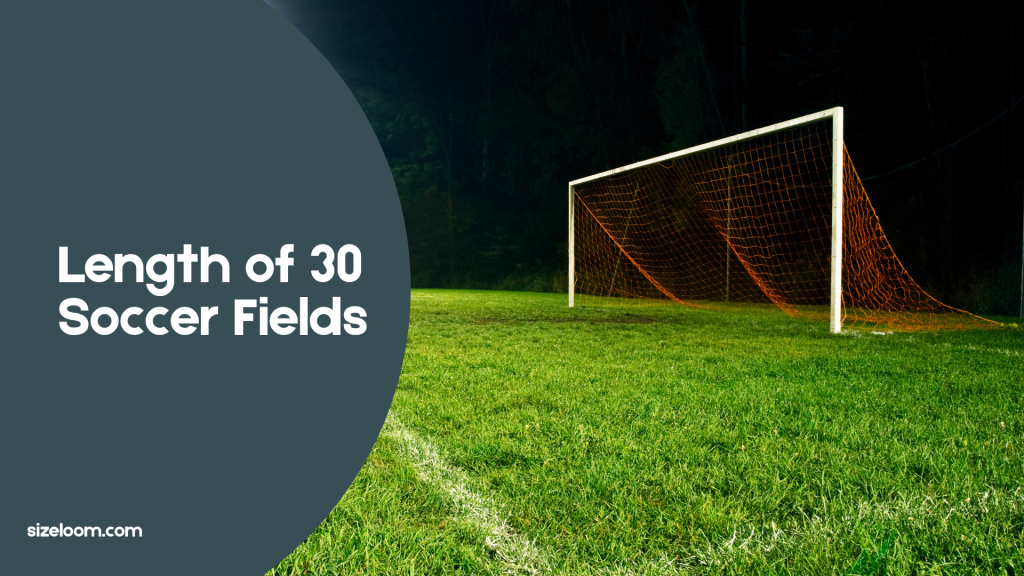
A standard soccer field is about 100 meters long (though it can vary slightly by league). Thirty soccer fields placed end-to-end measure around 3,000 meters, making this a perfect comparison for those familiar with the green fields of soccer stadiums worldwide.
Top Picks: 11 Common Objects That Measure 6 Inches
10. Length of 10 Cruise Ships

Modern cruise ships range from approximately 250 to 300 meters in length. Ten of these ships docked end-to-end would be about 2,500 to 3,000 meters—close to 3 kilometers. The scale of these floating cities is astonishing, especially when you consider their speeds often measured in kilometers per hour as they traverse thousands of kilometers across oceans.
11. Length of One and a Half Kentucky Derby Tracks

Churchill Downs’ famous Kentucky Derby track is about 2 kilometers per lap. One and a half laps around this historic 19th-century racing venue add up to roughly 3 kilometers. This horse racing track is a perfect example of a unit of measurement tied to an iconic event steeped in American history.
12. Length of 108 Standard Hockey Rinks
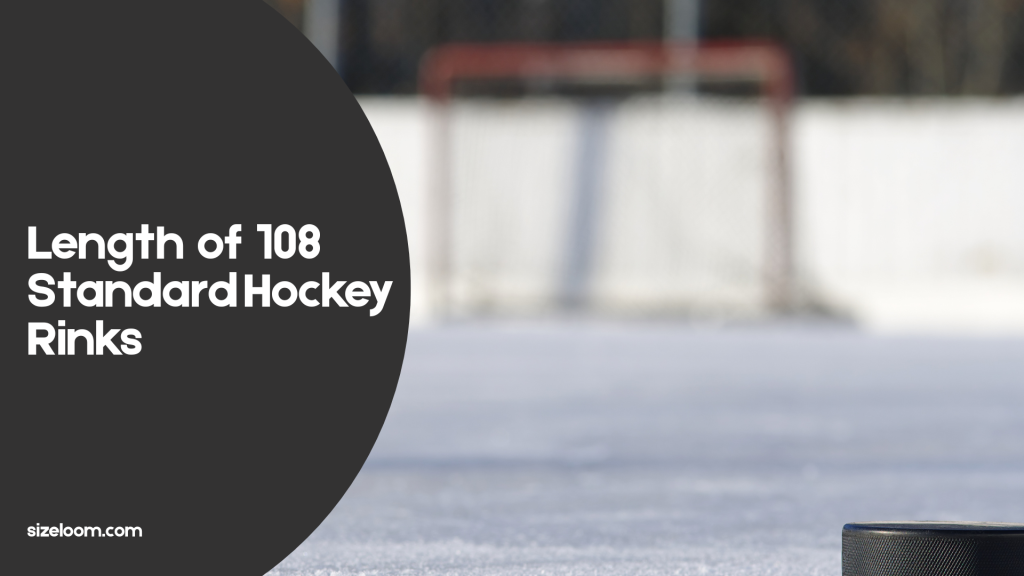
A standard NHL hockey rink measures 61 meters long. Multiplying this by 49 (approximate) would give roughly 3,000 meters, or 3 kilometers. This example ties into sports venues and everyday physical objects, showing how units of measurement connect diverse activities.
13. Length of 3,000 Wooden Floors

If you think about the length of a typical wooden floorboard (roughly 1 meter long), stacking 3,000 of these end to end would equal 3 kilometers. Though abstract, this example helps ground the distance in something many have at home or in their workspace.
Final Thoughts
Why do these familiar comparisons matter? Because whether you’re dealing with metric measurements or imperial units, the ability to grasp distances, vertical heights, or lengths in real-world terms changes how you experience your environment. From iconic landmarks like the Golden Gate Bridge to green fields filled with soccer matches, these kilometers stretches help bridge the gap between numbers and the sheer scale we encounter daily. So next time you see “3 kilometers,” remember: it’s not just a number on a measurement scale. It’s a blend of history, sports, architecture, and culture all rolled into a vivid sense of scale—and now, you have a clearer picture of just how far that really is.
Guessing Sizes Is So 2020 — Try the SizeLoom Guide.


